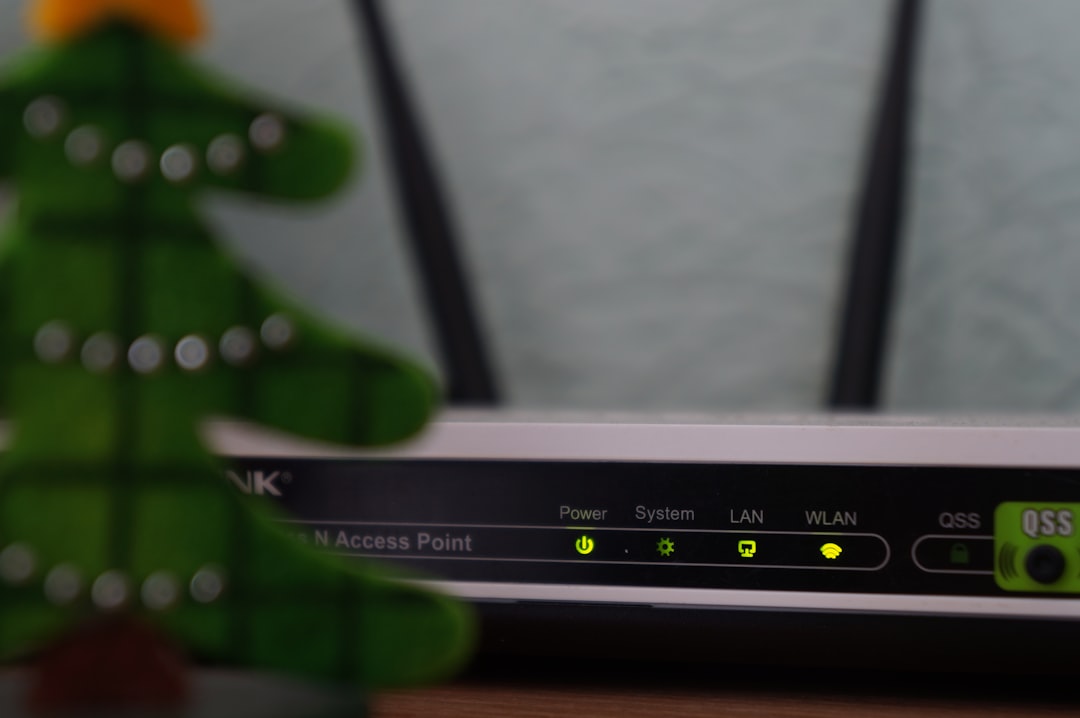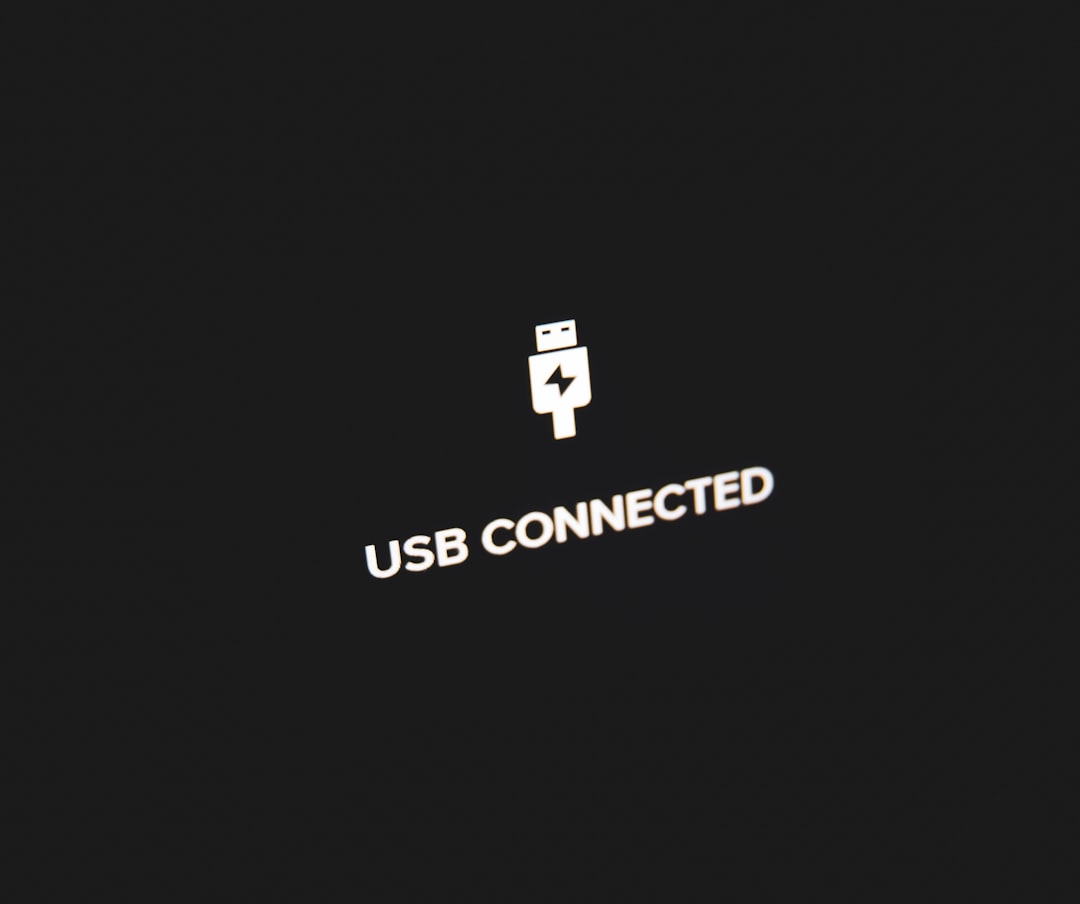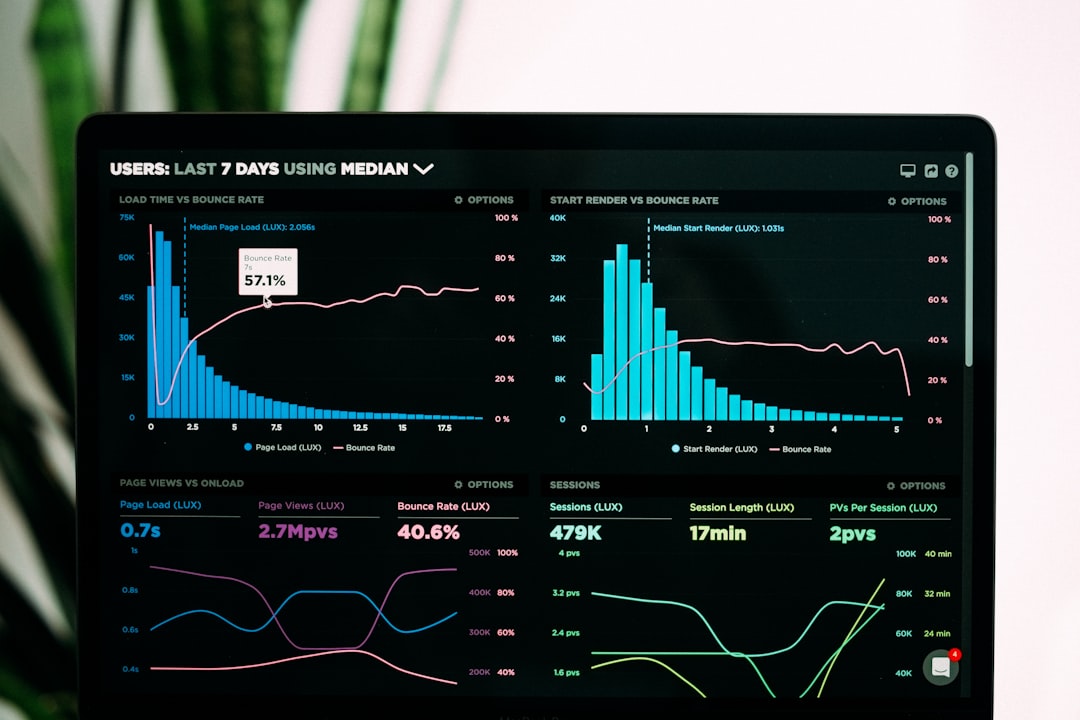
How to handle a Facebook error during a live video stream?
Streaming live on Facebook has become an essential tool for content creators, businesses, and professionals to reach and engage their audience in real time. However, as with any technology, issues can arise. Experiencing a Facebook error during a live video stream can be disorienting, especially when you have viewers tuned in. Fortunately, there are clear steps you can take to manage the situation effectively and maintain your credibility.
1. Stay Calm and Assess the Situation
First and foremost, do not panic. Disruptions, while frustrating, are not uncommon. Errors can occur due to a variety of reasons; some are temporary glitches, while others may require more detailed troubleshooting. Staying composed allows you to make rational decisions and communicate clearly with your audience.
2. Identify the Type of Error
Common Facebook Live errors include:
- “Live Video Interrupted”: Typically caused by internet connectivity issues.
- Streaming Software Disconnects: Issues with third-party software such as OBS or StreamYard.
- Facebook Platform Bugs: Sometimes Facebook itself experiences temporary outages.
Take note of any error messages or codes, and consult Facebook’s Help Center for specific guidance.
3. Check Your Internet Connection
The majority of live stream interruptions are due to unstable connections.
- Use a wired connection instead of Wi-Fi whenever possible for more consistent bandwidth.
- Test your upload speed beforehand. Facebook recommends at least 4 Mbps for stable streaming.
- Close unnecessary apps or devices that may be consuming bandwidth.

4. Reconnect and Communicate Transparently
If your stream cuts out, attempt to restart it immediately. When you return, address the issue briefly with your audience:
“We experienced a brief technical issue, but we’re back live. Thanks for your patience!”
Being honest assures your viewers that you’re in control and value their time. Avoid going into too much technical detail unless your audience is tech-savvy.
5. Keep a Fallback Plan Ready
Preparation is key. Before going live, ensure you have contingencies in place to prevent panic in case of failure:
- Have a co-host or team member who can monitor the stream and troubleshoot.
- Prepare backup internet sources like a mobile hotspot.
- Record a local version of your live stream on your computer so you can upload it later if needed.
These simple steps can help you recover quickly and maintain professionalism.
6. Utilize Facebook’s “Create Clip” or “Highlight” Features
If your live video was interrupted or cut short, you can still salvage it. Facebook allows you to edit your live stream post:
- Trim sections that were corrupted or had dead air.
- Create highlights or clips to repurpose content and re-engage your audience.
This helps ensure your content continues to create value long after the stream has ended.
7. Review the Post-Stream Analytics
After the event, take time to review performance metrics and errors in Creator Studio or Business Suite. Look at:
- Peak concurrent viewers
- Drop-off points
- Viewer comments and reactions
This analysis can reveal whether the issue deterred viewers and how best to structure future streams.

8. Engage Your Audience After the Stream
Follow up with your audience post-stream. Thank them for watching and apologize if there were disruptions. Post an update or send a message:
“We appreciate your patience during technical issues in our recent stream. We’re working to ensure a smoother experience in the future.”
This gesture builds trust and reassures your community that you’re committed to high-quality content.
9. Regularly Update Your Equipment and Software
Many errors stem from outdated drivers, streaming tools, or Facebook protocols. Keep your tools current to prevent compatibility issues:
- Update your streaming software like OBS, Streamlabs, or vMix.
- Keep browser plugins and operating systems up to date.
- Ensure Facebook permissions for third-party apps are authorized.
Doing so enhances performance and reduces the chance of future errors.
In Conclusion
Technical errors during Facebook Live can be disruptive, but they don’t have to derail your entire broadcast. By remaining calm, quickly troubleshooting, and communicating clearly with your audience, you demonstrate professionalism and resilience. Over time, the ability to handle such interruptions gracefully will enhance both your technical proficiency and your audience’s trust in your brand.